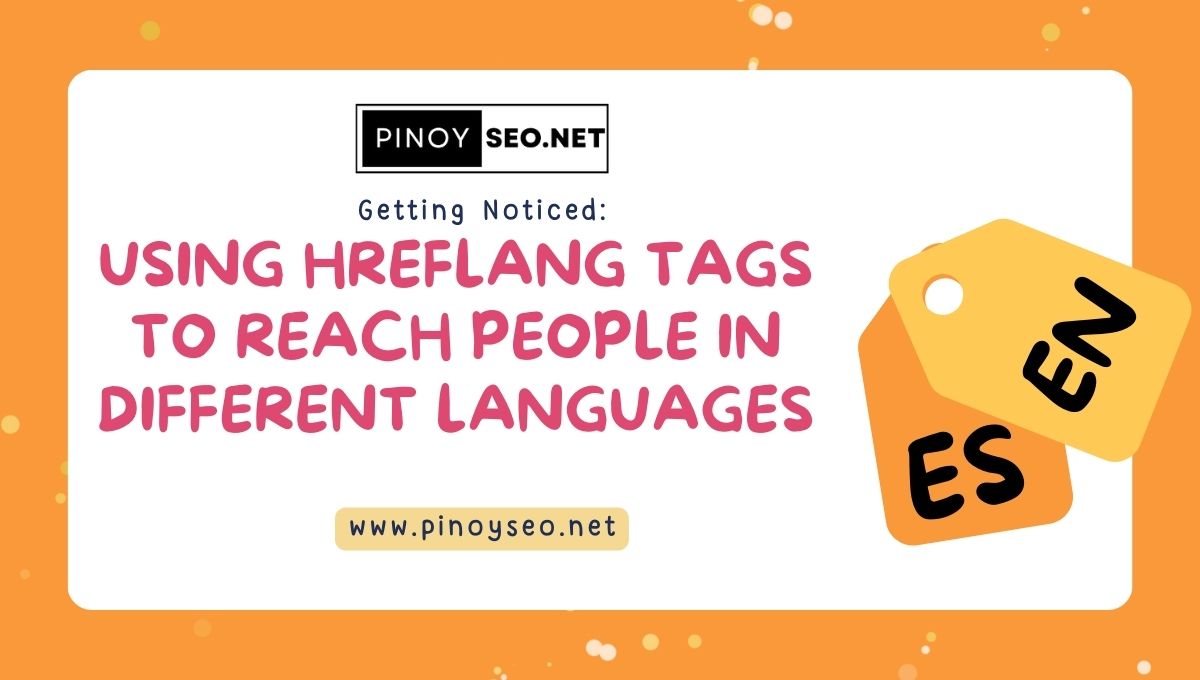In the realm of SEO (Search Engine Optimization), internal linking is a crucial aspect of optimizing your website’s structure and enhancing user experience. One common feature that often sparks discussion among SEO professionals is the table of contents (TOC). But is the table of contents feature considered valuable internal links? Let’s delve into this topic to uncover its significance in SEO strategy.
Understanding Internal Links and SEO
Internal links are hyperlinks that connect one page of a website to another page within the same domain. They serve multiple purposes, including:
- Navigation: Internal links help users navigate your website more efficiently, allowing them to explore related content and discover relevant information.
- Crawlability: Search engine crawlers use internal links to discover and index pages on your website. By guiding crawlers from one page to another, internal links facilitate the indexing process and improve the overall visibility of your site in search engine results.
- Authority Distribution: Internal links distribute authority and PageRank (or link equity) throughout your website. Pages that receive more internal links tend to be perceived as more important by search engines, potentially resulting in higher rankings.
The Role of Table of Contents in SEO
A table of contents is a navigational aid that provides an overview of the content structure and allows users to jump to specific sections within a webpage or document. In the context of SEO, the table of contents serves as a mechanism for organizing and presenting information in a user-friendly format. But does it also contribute to SEO efforts as valuable internal links?
Evaluating the Value of Table of Contents as Internal Links
While the table of contents feature offers several benefits from a user experience perspective, its impact on SEO as internal links varies based on certain factors:
- Anchor Text Optimization: The anchor text used in the table of contents links can influence their SEO value. Descriptive and keyword-rich anchor text provides context to search engines about the linked content, potentially improving its relevance and visibility in search results.
- Depth of Content: The depth and comprehensiveness of the content covered in the table of contents can affect its SEO value. If the table of contents highlights a wide range of topics and subtopics within a webpage, it can facilitate internal linking to relevant sections, enhancing the overall crawlability and indexability of the content.
- User Engagement and Dwell Time: A well-structured table of contents can enhance user engagement by helping visitors navigate lengthy content more efficiently. Improved user engagement metrics, such as longer dwell time and reduced bounce rates, can indirectly signal to search engines that the content is valuable and worthy of higher rankings.
Best Practices for Optimizing Table of Contents for SEO
To maximize the SEO value of your table of contents as internal links, consider implementing the following best practices:
- Use Descriptive Anchor Text: Optimize the anchor text of table of contents links with relevant keywords that accurately describe the linked content.
- Include Relevant Keywords: Ensure that the headings and subheadings included in the table of contents contain relevant keywords related to the overall topic of the webpage.
- Maintain Conciseness and Clarity: Keep the table of contents concise and organized, avoiding unnecessary clutter or excessive detail that may confuse users or dilute the SEO value of the links.
- Regularly Update and Review: Periodically review and update the table of contents to reflect any changes or additions to the content structure. This ensures that the internal links remain relevant and aligned with the evolving nature of the webpage.
In conclusion, the table of contents feature can indeed be considered valuable internal links in SEO, provided they are optimized effectively and contribute to a positive user experience. By leveraging descriptive anchor text, incorporating relevant keywords, and maintaining clarity and conciseness, you can harness the SEO potential of table of contents to improve the crawlability, indexability, and user engagement of your website’s content. So, the next time you consider implementing a table of contents, remember its potential as a powerful tool for enhancing both user experience and SEO performance.


